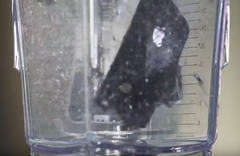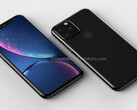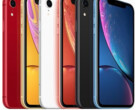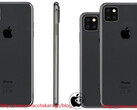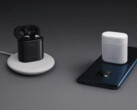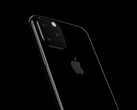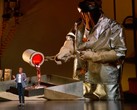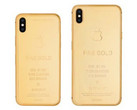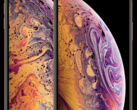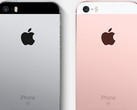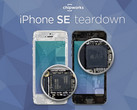After blending an iPhone, geologists at the University of Plymouth mixed the remains with an oxidizer at 500 °C/932 °F and then added acid to enable a full analysis of the chemical components. The results were quite surprising:
- Iron 33 g
- Silicon 13 g
- Chromium 7 g
- Copper 6 g
- Carbon 4 g
- Nickel 2.7 g
- Aluminum 2.5 g
- Calcium 1.6 g
- Tungsten 900 mg
- Tin 700 mg
- Neodymium 160 mg
- Silver 90 mg
- Cobalt 70 mg
- Molybdenum 70 mg
- Gold 36 mg
- Praseodymium 30 mg
- Tantalum 20 mg
- Niobium 10 mg
- Antimony 7 mg
- Gadolinium 5 mg
- Dysprosium 2 mg
- Germanium 2 mg
- Indium 2 mg
Apparently, in terms of concentration, the amount of tungsten and gold found in the iPhone particles meant that the smartphone had 100x gold or 10x tungsten required for a mineral resource to be classified as “high-grade”. The iPhone also contained a number of technology-critical elements, such as cobalt and niobium.
Pulverizing the iPhone to dust and extracting the elements wasn’t just for fun though. The geologists wanted to show how much mining is required, often in conflict zones, just to make a single smartphone. A figure of 10-15 kg (22-33 lbs) is given as the amount of ore that needs to be mined to provide all the metals found in just one phone. With over 1.4 billion phones manufactured each year, there is a push to encourage manufacturers to adopt more-efficient recycling measures.
Source(s)
YouTube (University of Portsmouth)




